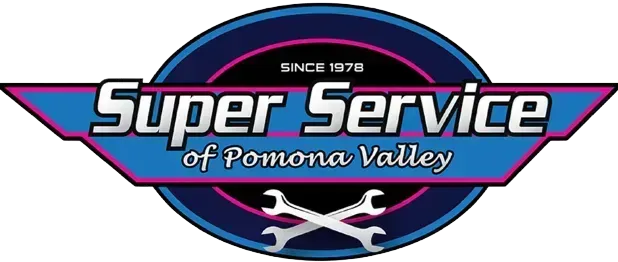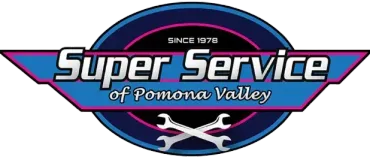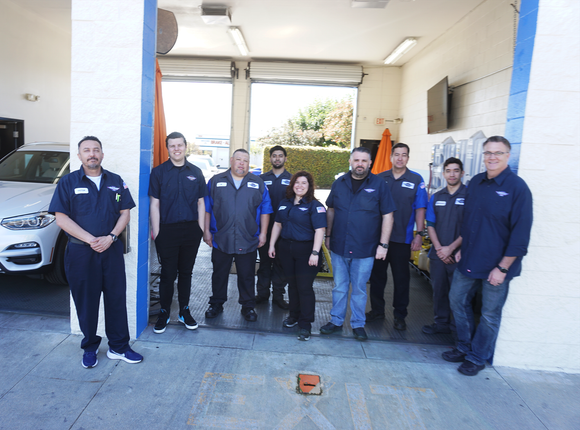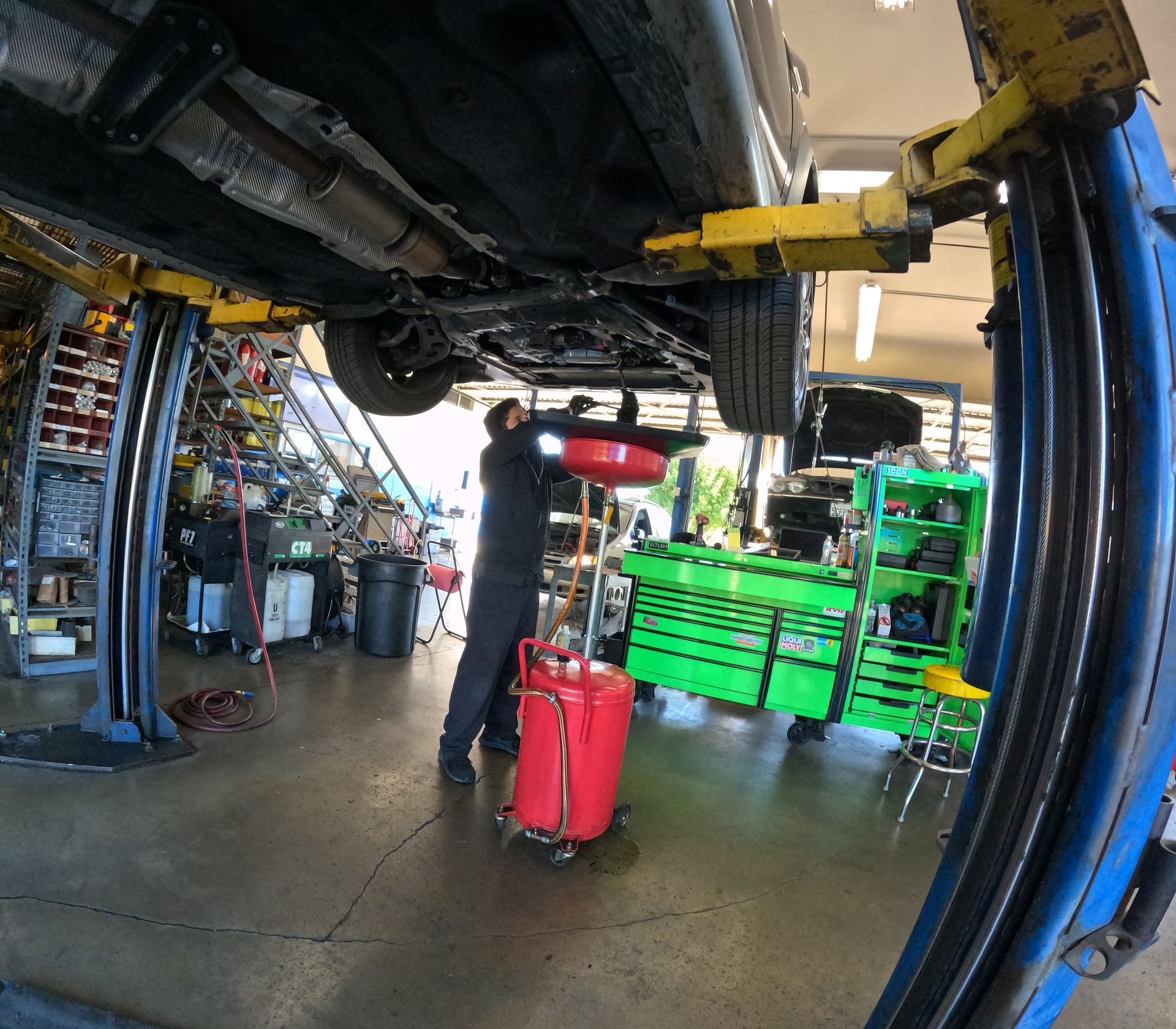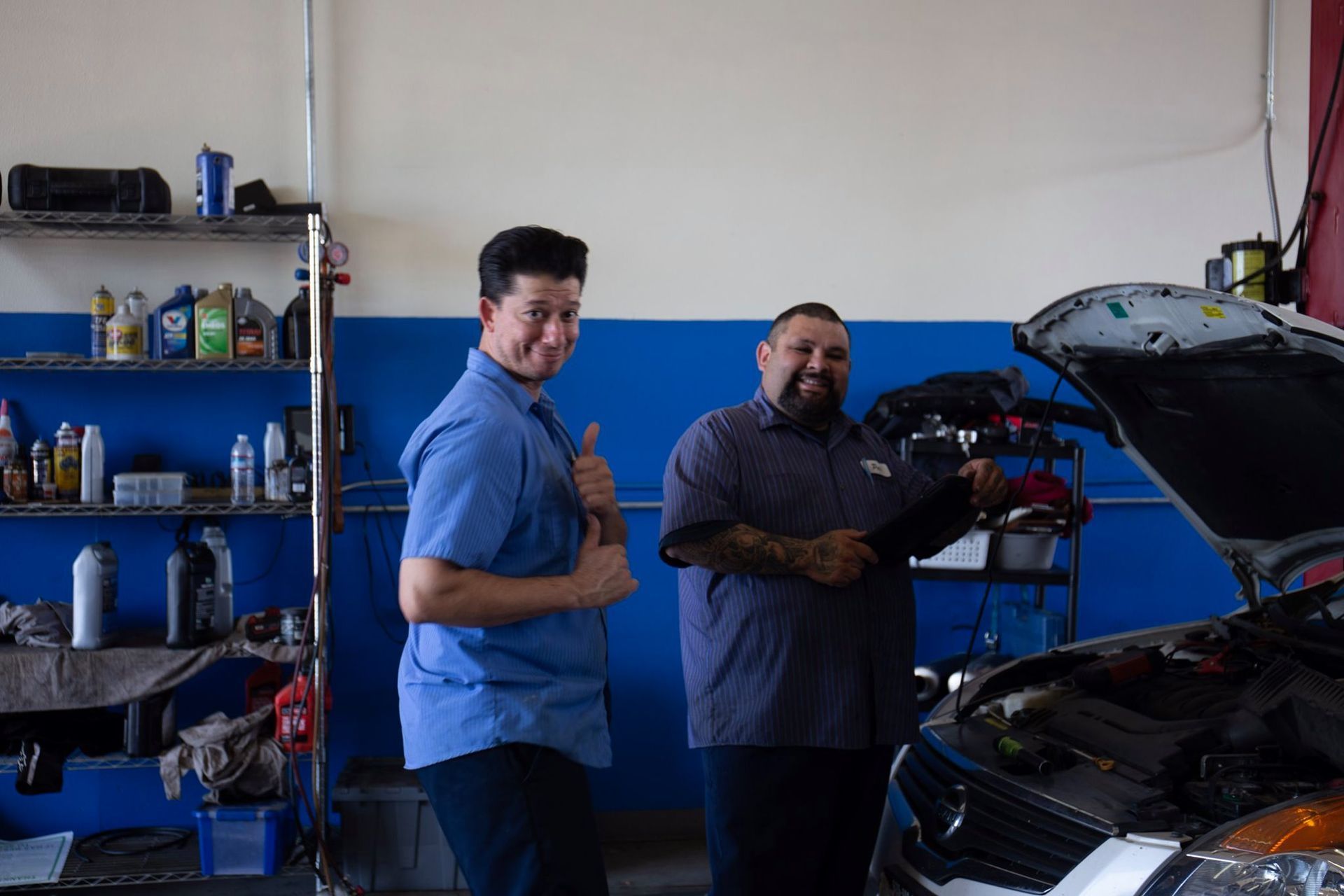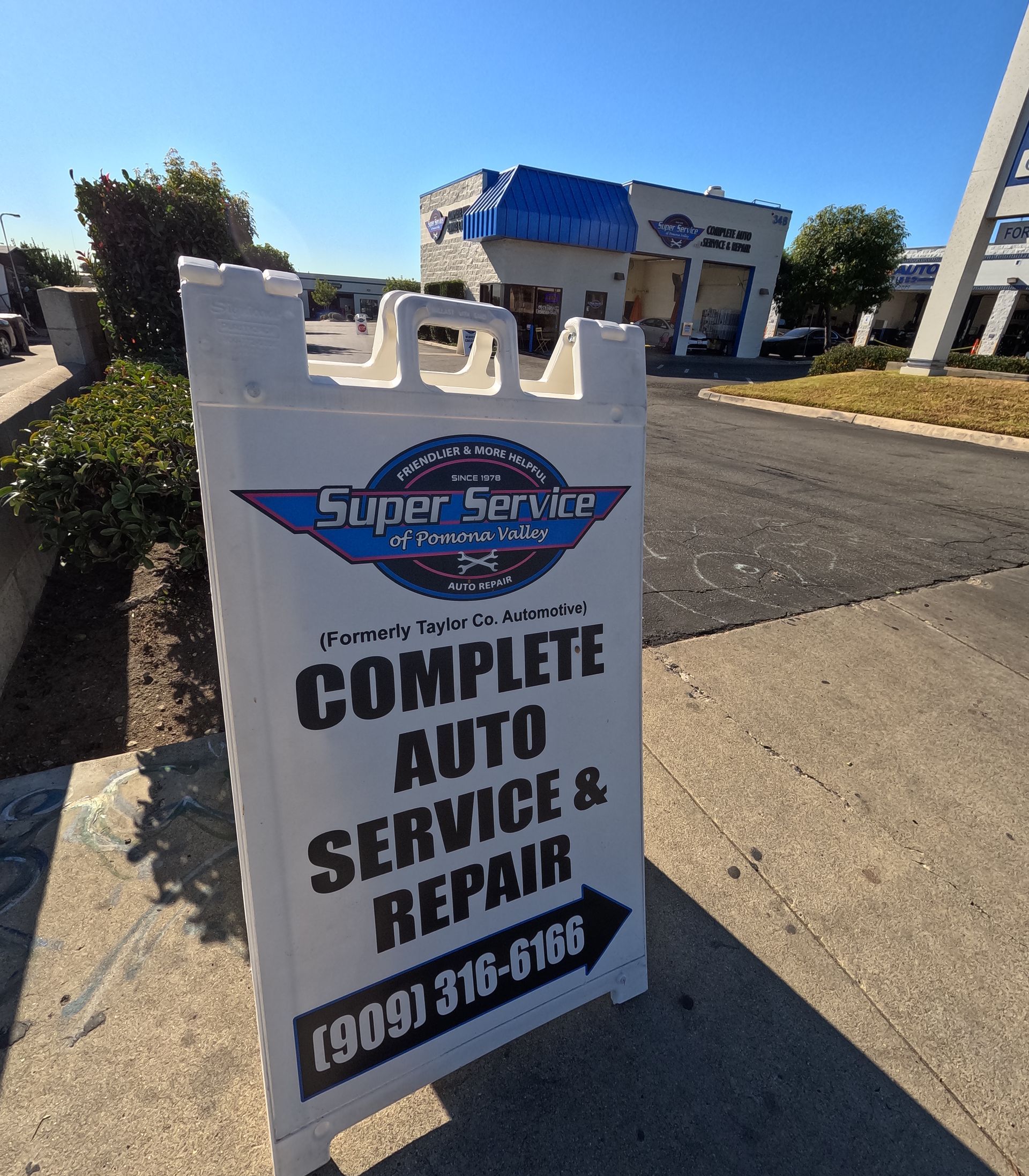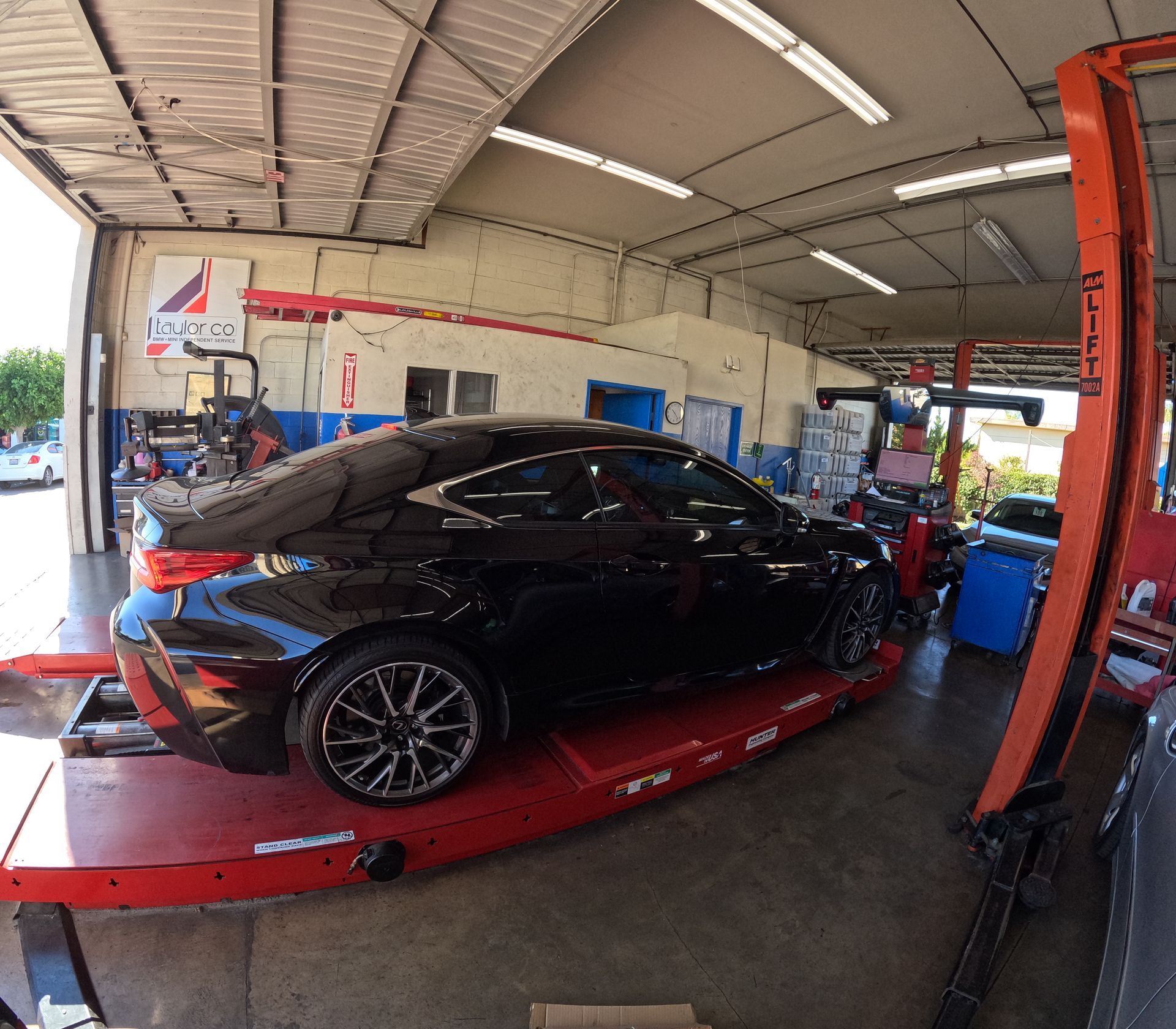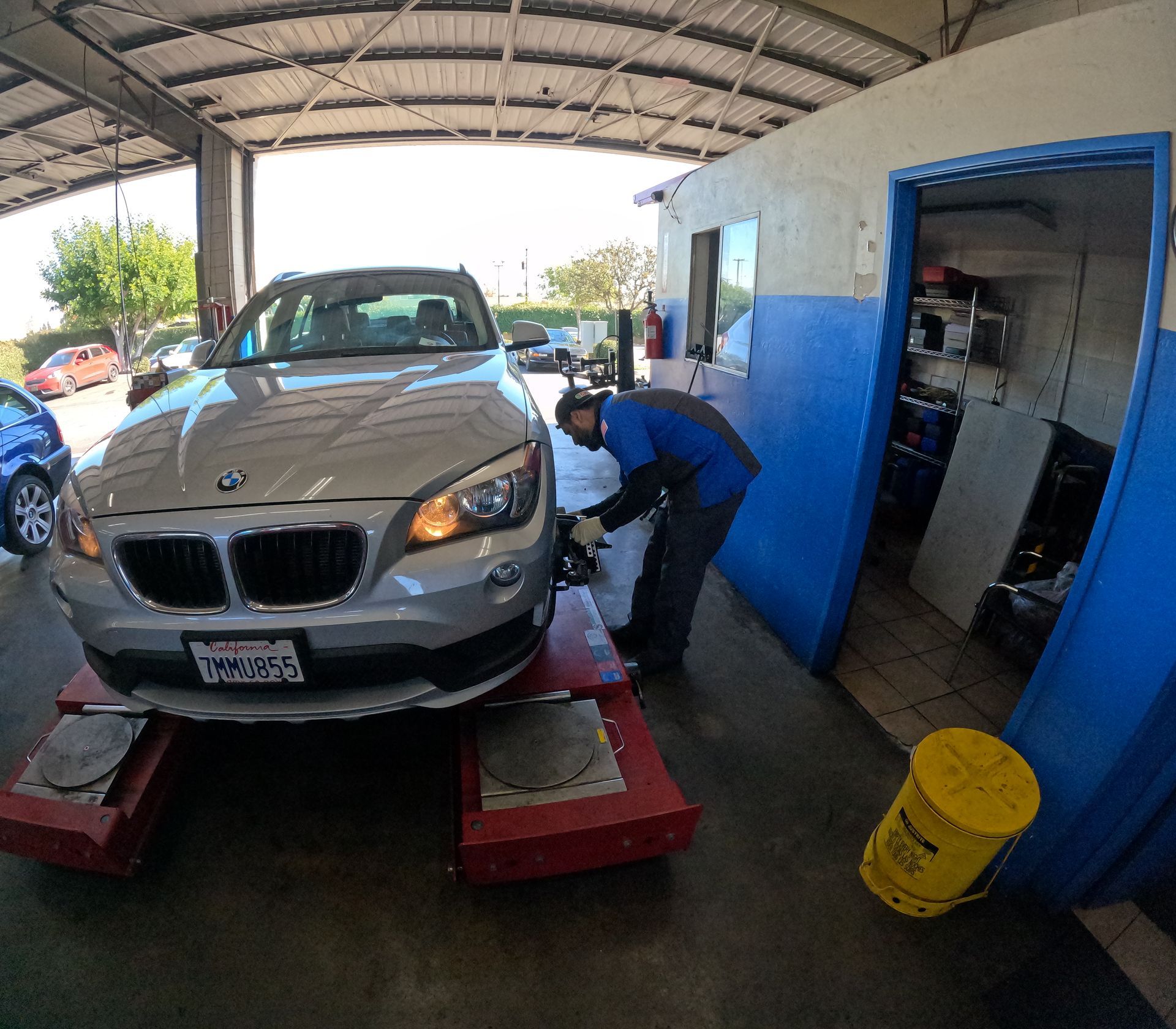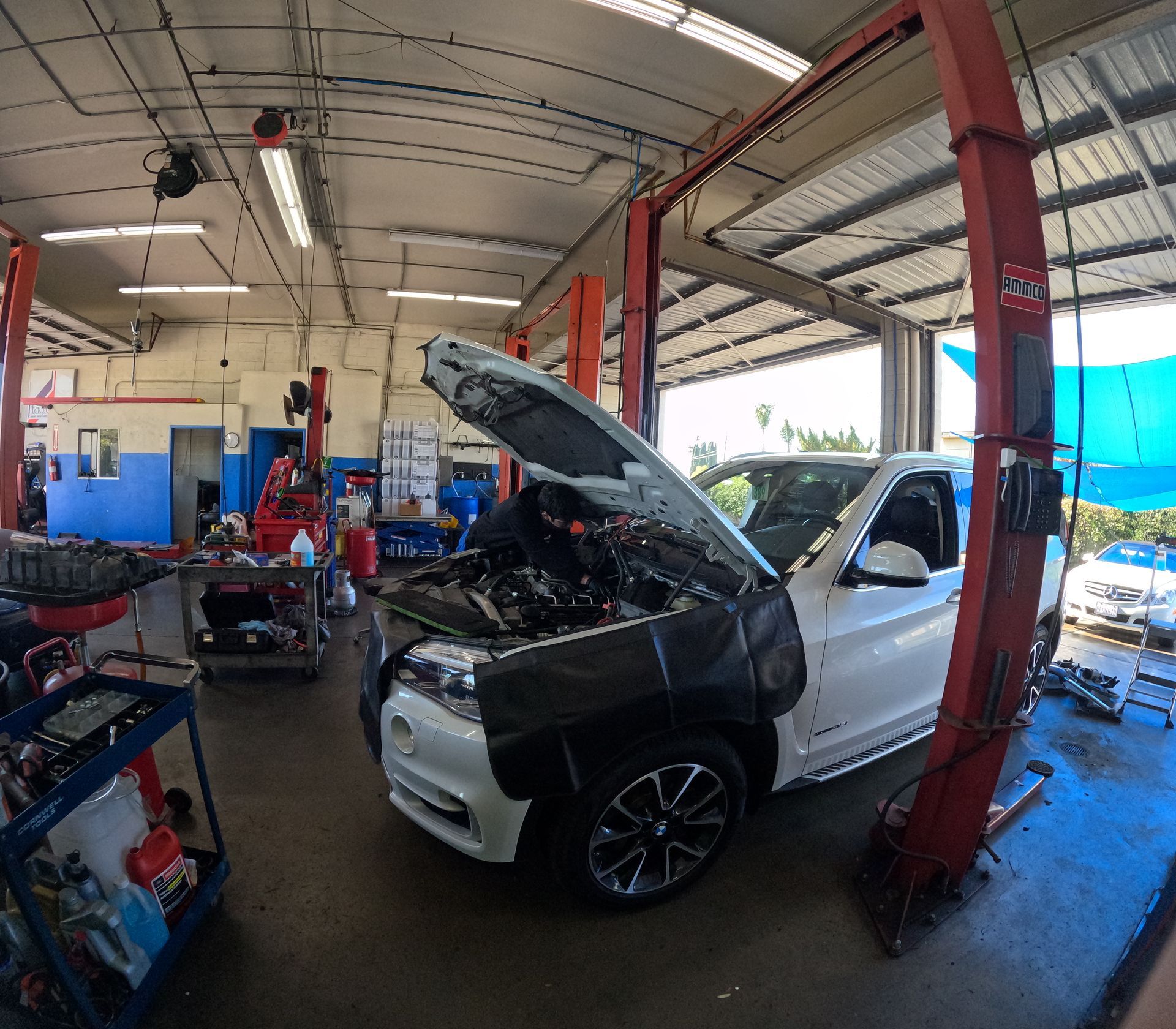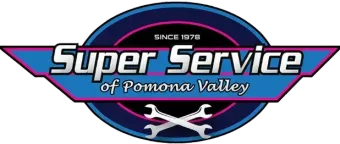Reviews
What Our Customers Say About Us
Our Team Members
Meet the Team
Welcome to Super Service of Pomona Valley, formerly Taylor Company Automotive! One thing you should know about us – we don’t just fix cars; we’re here to take care of the people who drive them, and to transform their entire auto repair experience. We live up to our Super Service name with friendly, impeccable service and honest, reliable repairs. At Super Service of Pomona Valley, we’re all about the little things that make a big difference like digital inspections, our concierge service which includes courtesy loaners, pickup & drop-off service, and a 3-year, 36,000-mile parts and labor nationwide warranty.
In 1978, when our first location opened in Placentia, our mission was to revolutionize the car service industry, one repair at a time. Since then we’ve grown to three locations, Aliso Viejo and now Pomona Valley. No matter which location you visit, each one is dedicated to delivering the same Super Service that we’ve built our reputation on for over 45 years. Our Pomona Valley address is 3-48 East Foothill Boulevard. We’re open Monday through Friday, 7AM to 5:30PM. If you need to drop your vehicle off after hours, we have 24hr drop box availability.
Our digital inspections are just one more way we’re transforming your auto repair experience! When you have your vehicle serviced at Super Service of Pomona Valley, you’ll receive a comprehensive digital report delivered directly to you either by email or text, complete with photos, videos, and notes. You’ll see exactly what our technician sees on your vehicle, making it easier for you to make an informed decision about your vehicle’s service.
Our technicians stay up to speed with the latest training and technologies to ensure you receive the highest quality repairs. Several of our ASE Certified Technicians have achieved Master-Level Certification, the highest achievement in the auto repair industry! Visit Super Service of Pomona Valley dot com to learn more about our commitment to excellence, and follow us on Facebook for the latest news and special promotions. If you’re new to our Super Service family, please accept our warm welcome with a 25-dollar discount on your initial visit.
Hundreds of rave reviews don’t lie! With our motto of ‘Friendlier and More Helpful Auto Repair’ it’s no wonder our customers have good things to say about us! Check out our reviews on Yelp and Google, and feel free to share your own experience. Because integrity is the foundation of our success, you can always count on Super Service of Pomona Valley to give you honest recommendations. If you have a question or concern, our friendly customer service team is always happy to assist you.
Services
Our Services
Preventative Maintenance
Invest in general upkeep now to prevent major car problems in the future, saving you time and money.
Brake Repair & Service
Ensure safety by maintaining brake performance through thorough inspections and necessary repairs.
Tire
Services
Our tire services, including rotations and replacements, promote longevity and enhance grip for your safety.
Wheel
Alignment
Enhance your vehicle's handling and prevent uneven tire wear with precise wheel alignment services.
What Matters to Us
Our Values
Trust
Unlike the industry's reputation, we prioritize honesty and transparency, building enduring relationships with our team, partners, customers, and community.
Excellence
We constantly improve in all aspects, focusing on both major and minor details, because exceptional service lies in the smallest of things.
Teamwork
We value teamwork, striving for continuous enhancement in every facet of our business, recognizing that even the tiniest details can make the difference between good and outstanding service.
Dignity
Our pride in work is evident. We uphold integrity, honor, honesty, and service as unwavering standards. If we fall short, we make it right, regardless of the cost.
Gallery
Our Gallery
Frequently Asked Questions
Our Location
Located in the heart of Pomona Valley, Super Service of Pomona Valley is your premier automotive service center, dedicated to providing unparalleled auto repair and maintenance services. Proudly serving Pomona, CA, and the surrounding communities, we're your ASE-certified hub for expert vehicle care, backed by a robust 3-year/36,000-mile warranty. Our strategic location offers seamless access for residents across the valley and beyond, ensuring your automotive needs are met with efficiency and expertise. Whether you're seeking routine maintenance or more complex repairs, our seasoned team is equipped to deliver top-tier service to the following communities:
- Claremont, CA
- La Verne, CA
- San Dimas, CA
- Montclair, CA
- Chino, CA
- Chino Hills, CA
- Diamond Bar, CA
- Walnut, CA
- Covina, CA
- West Covina, CA
- Glendora, CA
- Upland, CA
- Ontario, CA
- Azusa, CA
- Baldwin Park, CA
- Rancho Cucamonga, CA
- Rowland Heights, CA
- Hacienda Heights, CA
- Brea, CA
- Fullerton, CA
- Norco, CA
- Eastvale, CA
- El Monte, CA
- North Pomona, CA
